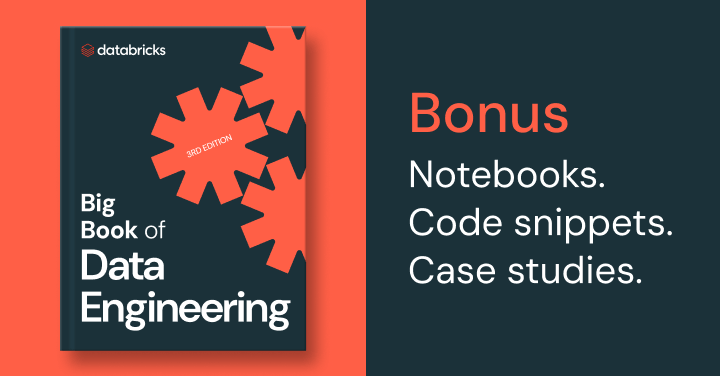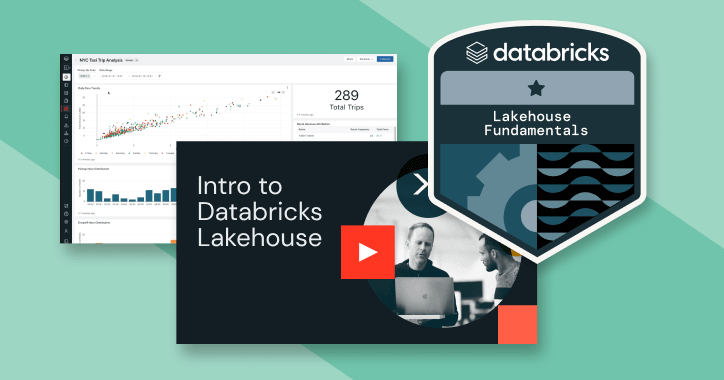Data Automation
As the amount of data, data sources and data types grow, organizations increasingly require tools and strategies to help them transform that data and derive business insights. Processing raw, messy data into clean, quality data is a critical step before this can be accomplished. The following sections will cover data automation and how it's used, and consider best practices for building data automation practices within an organization.
What Is Data Automation?
Data automation is an increasingly popular data management technique. Data automation enables an organization to collect, upload, transform, store, process and analyze data utilizing technologies without the need for manual human intervention. By automating repetitive and time-consuming tasks such as data ingestion, transformation, validation, cleansing, integration and analysis, data automation helps organizations make the most of their data and makes data-driven decisions faster and easier.
Here’s more to explore
What Are Examples of Data Automation?
One common example of data automation is Extract, Transform, and Load (ETL). ETL enables engineers to extract data from different sources, transform the data into a usable and trusted resource, and load the data into the systems that end users can access and use downstream to solve business problems.
Data automation can be applied to various data types, including structured and unstructured data. It can also be used across different data sources, such as internal databases, external databases, cloud-based data sources, and data from third-party applications, web services, and APIs. Data pipelines can be automated in different ways. For example, they can be:
- Scheduled: The most common way data processes are automated is by scheduling them to run at specific times or at a specific cadence. For example, many organizations have "nightly" data pipeline runs that are automatically initiated every 24 hours at night, processing all of the day's collected data.
- Triggered: Data processes can be automatically initiated when certain conditions are met or specific system events occur. For example, a data pipeline that ingests new data from files stored in cloud storage can be automated to initiate when a new file arrives. This technique ensures the data pipeline only runs when it needs to and so it does not consume valuable resources when no new data is available.
- Streamed: A streaming pipeline can be used to process raw data almost instantly. The stream processing engine processes data in real time as it is generated, making it a solid option for organizations accessing information from a streaming location, such as financial markets or social media.
What Are the Benefits of Data Automation?
The long-term viability of a data pipeline relies on automation because embracing automation can significantly enhance data analysis processes and enable organizations to unlock the full potential of their data assets. Specifically, data automation has several benefits:
- Improved data quality: Manually processing vast amounts of data exposes an organization to the risk of human error. Data automation reduces human error by ensuring data is loaded in a consistent and structured manner.
- Cost savings: It's often less expensive to use computing resources for data analysis tasks compared to the cost of employee time.
- Enhanced ability to generate insights: A proper data automation strategy helps data engineers focus on more productive tasks such as deriving insights rather than data cleaning. Data automation also ensures data scientists can work with complete, high-quality and up-to-date data.
- Improved productivity: Automation allows for efficient data processing and analysis, reducing the time and effort employees need to spend on repetitive or mundane tasks.
- Enhanced speed of analytics: Processing vast data volumes from disparate sources is not easy for a human, but computers can efficiently handle this complex and time-consuming task. Data can then be standardized and validated before being loaded into a unified system.
What Are Common Data Automation Challenges?
While data automation has many benefits, it can also have some limitations. A few potential data automation limitations and challenges include:
- Initial investment cost: Implementing data automation tools or systems often involves initial investment costs or subscription charges. However, once data automation is set up, it will save an organization money in the long run.
- Evolution of team roles: When data engineers no longer need to focus on manual tasks, they are freed to do more impactful and important work. Employees who previously focused on such tasks may find their roles shift into new areas, such as determining how to effectively leverage data automation solutions and ensuring systems are configured correctly. Be prepared to examine how team roles may need to evolve and how you can shift or broaden employee roles.
- Learning curve: Introducing a new tool or technology often includes a learning curve. Data automation is no different. It may take a while for employees to become familiar with data automation tools and to learn to use them to their full potential.
- Human intervention is still needed for troubleshooting: While data automation can streamline data integration and reduce manual effort, critical workflow tasks may still require human intervention. For example, when a pipeline failure occurs, human intervention may be needed to understand what happened and how to fix it.
What Are Data Automation Strategies?
Before diving into data automation, it's a good idea to create a data automation plan that aligns with the organization's business goals. Some of the common steps organizations use to develop a data automation strategy include:
- Prioritizing which processes to automate: Evaluate which data processes in the organization take up most of your data teams' time. Consider processes such as pipelines that run frequently and involve a high number of manual steps. These may be the ones that save your data engineers the most time and will provide the highest return if automated. Define which of these to start automating first.
- Identifying specific tasks to automate: After choosing to automate a specific process, closely examine the manual steps of each process or pipeline. It often quickly becomes clear which manual tasks are best to automate. Consider the complexity of automation and what each task requires to be automated. Understand the technological requirements for automating the tasks identified.
- Choosing the right automation tools: Once you understand the specific requirements for your process, use these to evaluate and choose the right data processing automation tool. Beyond your specific requirements, there are additional capabilities that are important when selecting an automation tool (see the next section) to ensure you can implement best practices and make your data automation "future-proof."
- Taking an incremental approach to automation: You don't have to fully automate a data pipeline or process that is currently manual. You can start by automating just a few pipeline stages and evaluating them. Remember that data automation requires a mindset shift and a learning curve for your practitioners, so gradually implementing automation can help with this transition. This approach also reduces the risk of changing the way business-critical data processes occur. As your team gets more experience and you see more benefits from automation, you can automate additional parts of a process or work to automate additional pipelines and processes over time.
What Are Data Automation Tools?
Data automation tools are technologies that can be used to automate data processes such as ETL. Several companies make data automation tools, but finding the right tool for your needs can be challenging. A few key things to look for in a data automation tool include:
- Scalability: The data automation tool should be able to quickly scale to meet the growing demands of data processing
- Observability: The tool should provide logging, and monitoring capabilities to ensure data integrity and accuracy and help with quick troubleshooting when issues arise
- Security: The tool should have robust security features, such as encryption, access controls, authentication and auditing
- Integration: The tool should seamlessly integrate with other data tools and systems, such as data warehouses, data lakes, analytics platforms and visualization tools, to enable end-to-end data automation workflows. It should also adapt to various data sources, formats and workflows.
- Ease of use: The tool should allow users to easily configure, design and manage data automation workflows without requiring extensive coding or technical skills�
Data Automation on the Databricks Lakehouse Platform
The Databricks Lakehouse Platform is a unified set of tools for data engineering, data management, data science and machine learning. It combines the best aspects of a data warehouse, a centralized repository for structured data, and a data lake used to host large amounts of raw data.
The Databricks Lakehouse Platform includes Databricks Workflows, a unified orchestration tool for data processing, machine learning and analytics workloads within the Databricks Lakehouse Platform. Databricks Workflows helps teams automate their processes by defining tasks that make up a job and the Directed acyclic graphs (DAGs) that define the order of execution and dependencies between these tasks. Databricks Workflows supports scheduling jobs, triggering them or having them run continuously when building pipelines for real-time streaming data. Databricks Workflows also provides advanced monitoring capabilities and efficient resource allocation for automated jobs.
Meanwhile, DLT simplifies ETL and streaming data processing and makes it easy to build and manage reliable batch and streaming data pipelines that deliver high-quality data on the Databricks Lakehouse Platform. DLT helps data engineering teams simplify ETL development and management with declarative pipeline development, automatic data testing and deep visibility for monitoring and recovery. DLT also includes built-in support for Auto Loader, SQL and Python interfaces that support declarative implementation of data transformations.


